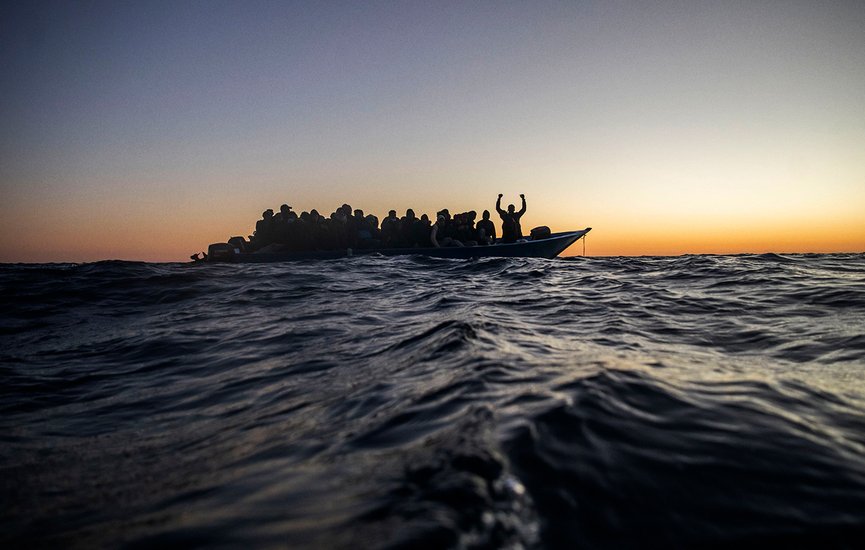Only 12 people have been rescued after a boat carrying 154 migrants capsized in the Gulf of Aden, with the remaining 142 passengers presumed dead, according to Abdusattor Esoev, the head of the United Nations’ International Organization for Migration (IOM) in Yemen. More than 68 bodies have so far been recovered, many of which were found washed up on the shores of Khanfa in western Yemen. Rescue teams continue to search for the missing, though hopes of finding additional survivors are dwindling.
The Abyan Security Directorate described the response as a massive search-and-recovery operation due to the high number of victims. Local authorities and international organizations are working in tandem to retrieve bodies and provide aid to the survivors. “This is one of the most devastating incidents we’ve faced this year,” a local official said. Survivors have been transported to nearby health facilities, many suffering from shock, dehydration, and trauma.
Each year, tens of thousands of migrants primarily from Ethiopia undertake the perilous journey from the Horn of Africa to the Arabian Peninsula. Their route typically takes them across the Red Sea or Gulf of Aden to Yemen, before continuing overland in search of work in wealthy Gulf countries. This pathway, known as the Eastern Route, is not only the most travelled African migration corridor but also the most dangerous, according to a recent report by the Mixed Migration Centre. Migrants using this route routinely face life-threatening conditions, including overcrowded vessels, rough seas, and ruthless trafficking networks.
Yemen’s ongoing civil war has significantly worsened the situation. The breakdown of law and order has created an ideal environment for smugglers and traffickers to operate with impunity. The Mixed Migration Centre notes that migrants are frequently subjected to violence, abuse, exploitation, and even forced labor after reaching Yemeni shores. Many are kidnapped and held for ransom, while others disappear without a trace.
This latest incident follows another tragedy in March 2024, when four boats carrying African migrants capsized off the coast of Djibouti, leaving 186 people missing. According to IOM data, at least 550 migrants have died trying to reach Yemen in 2024 alone, making it the deadliest year on record for this migration corridor.
In response to the worsening crisis, the IOM and other humanitarian agencies have urged the international community to take urgent action. “We must strengthen safe and legal migration pathways, increase humanitarian assistance, and dismantle the smuggling networks that profit from human desperation,” Esoev said. Despite years of advocacy, structural issues remain unaddressed, leaving thousands vulnerable to the same fate.
The tragedy in the Gulf of Aden is yet another grim reminder of the risks migrants face in their search for a better life and of the urgent need for coordinated, long-term solutions to prevent further loss of life.
